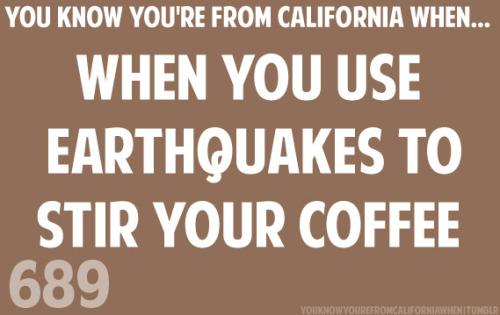#earthquakes
This collage is a bit of casual commentary on how we treat the planet
✖️✖️✖️✖️✖️
#collageart #collagework #globalwarmingisreal #environmentalist #environmental #earthexperience #earthlandscape #pollutionfree #littering #litteringsucks #naturaldisaster #naturaldisasters #earthquakes #forestfire #forestfires #hurricanes #ourplanetourhome #ourplanet #ourplanetourfuture #kieranheywoodarts #kierandarkarts (at University of Idaho College of Art and Architecture)
https://www.instagram.com/p/CbX_NxppWKl/?utm_medium=tumblr
Post link
Apocalypse: Earthquakes, Archaeology, and the Wrath of God, Amos Nur, 2008
Both fascinating and eminently readable. The author’s field is earth sciences, and he became interested in the role of earthquakes in history, and what you would find archaeologically. He explains that there has been a reluctance to accept natural disasters as causes for historical events or archaeological finds, as a backlash against earlier over-use of this explanation; but that this has meant that it’s ignored as a possibility even in areas where we know there would have been relatively frequent earthquakes in the past. His focus is on the Eastern Mediterranean, using examples from there to illustrate various features which are likely to feature in the archaeology of earthquakes (the cover illustration is a 7th century family crushed by the falling walls of their home - you can see the protective pose, just enough time to realise what was happening, child still in it’s mother’s arms).
There are lots of interesting bits in this - for example, the Colosseum lost half its facade in a 14th century earthquake, because that half was built on much looser alluvial soil, which shook harder than the other half. I don’t know enough to evaluate his ‘earthquake storm’ theory for societal disruption in the Bronze Age Eastern Mediterranean, though it’s certainly food for thought.
Post link






